Private leased timberland in Oregon. Image credit: Kelly Kay
Financialization, Community Change, and the Social Impacts of the Vertical Dis-Integration of the U.S. Industrial Forest Estate
Kelly Kay, Geography, UCLA
Between 1996 and 2007, 84 percent of the United States’ 70 million acres of privately-owned industrial forests changed hands. The rapid sell-off of the majority of America’s privately-owned timber estate during the 1990s and 2000s presented unprecedented opportunities for a variety of actors, including non-profit groups such as The Nature Conservancy, property developers, and notably for this study, financial investors—including pension funds, university endowments, and private equity firms. As a result, financial investor-owners are now the largest single landowner type in the majority of timber-dependent communities in the United States, and, as one former timber executive has put it, “timberland is no longer part of an entire system but rather an input into another system; namely the investment market.”
This trend has been further exacerbated in the last five years, as many of the remaining U.S. pulp and paper companies have restructured into timberland real estate investment trusts (REITs), leading to shifts in corporate strategy that impact both workers and local communities. Unlike vertically-integrated companies which had incentives to undertake research and development and to plan their land management strategies around longer time horizons, REITs have a fiduciary responsibility to make land use decisions with their investors in mind. In practice, this has meant that forested land is increasingly being shifted out of timber production and into new uses like vacation home developments, leading to fragmentation of habitats, and the reduction of critical carbon sinks. Furthermore, with nearly 1 million Americans currently employed in the forest products industry, ongoing restructuring is likely to have major social and political economic impacts. These impacts will be felt most acutely in forest-dependent communities, where much of the population has historically worked in timber extraction and processing.
Recognizing that the future of so many forest-dependent communities is hanging in the balance, this study provides a timely intervention by utilizing a mixed-methods approach to understanding the transformation of the industry, the changing extent and composition of the forests themselves, and the ways that these changes are felt in communities that are reliant on the forest products industry for their livelihoods and identities.




